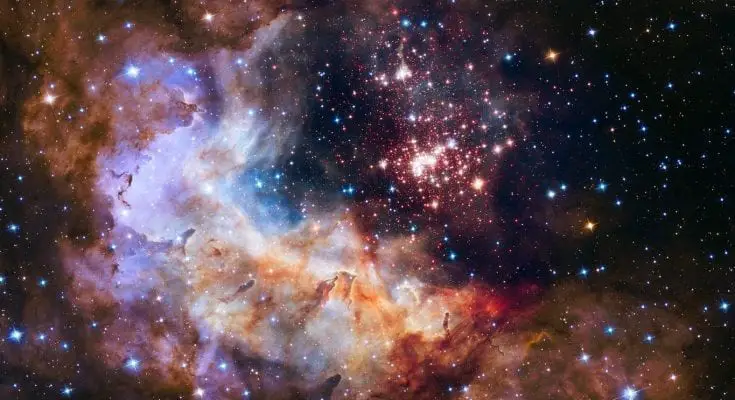A pulsating star, also known as a pulsar, is a type of stellar body that has built-up an irregular frequency of pulses. A constant pulse is produced by a pulsar’s magnetic field, and when it gets very close to the point of collapse, it can eventually implode.
As with any other phenomenon, the explanation for the origin of pulsars is often related to the fact that they are very similar to stellar explosions in our real-life events. There are two types of stellar explosions, known as the core-collapse or core-accretion explosions. They occur when a giant star runs out of nuclear fuel and collapses due to its own gravity. These are truly fascinating and just part of an incredible galaxy and systems that include the moon, atmosphere, planets, and so much more.
Recently in early 2020, researchers at Penn State University discovered a new type of pulsating star.
A pulsar, just like all stars, is at the end of its life cycle. Like all stars, the pulsar in a given system is at the end of its life cycle and will eventually fall into a black hole. This is a normal life cycle for a star, but what makes a pulsar a special kind of star is the fact that it can never die. It can only expand and explode in a small, but predictable way.
The intensity of its pulses may be extremely high, but as long as the body remains in the vicinity of a very massive star, there will be tremendous heat that radiates from the pulsar. It will, in fact, radiate as much energy as all the other stars in the entire universe.
Pulsars are an important part of stellar astronomy. Without a pulsar, astronomers would not be able to determine the distance to a particular star, and they wouldn’t be able to study the motions of the stars.
There are some stellar systems that have no other such bodies. This means that the pulsar cannot be an ordinary star, but instead must be a pulsating star.
In stellar systems that have such objects, there must be a gas around them that makes the pulsar an oscillating star. Some pulsars emit radiation at a frequency that varies over a wide range, and this will therefore vary as well.
With those normal stellar systems, it is necessary to have a very large amount of very precise knowledge on the motions of the stars. In fact, to work out the pulsations, one has to rely on information from the very distant past.
If these pulsars are really normal stars, then they ought to be quite different from the stars that were studied in stellar astronomy. Although the distance between stars varies in different stellar systems, the fact that their pulses are of a very different nature was not known.
Stellar radiation is usually very weak in comparison to that of the sun, and the presence of regular pulsations is found only in stars that are so far away that even light cannot travel. Thus, pulsars are not found near to Earth or even other planets necessarily such as Mars, Jupiter, or Saturn.
These observations led to the conclusion that the stars are not far apart from each other, but that they are spinning very slowly in their stellar systems. It was even concluded that the orbits of these stars do not coincide well, which makes them a little more difficult to study.
Stellar radiations are due to nuclear reactions that happen within the very small star. Normally, in other stellar systems, these were considered to be only minor events, but now one can see that they are fundamental aspects of stellar physics – the type of fundamentals used in the Tesla coil and by Albert Einstein and folks like Elon Musk.
SMH at so many fascinating things and conversation starters, yet so little time. Stay current with incredible stuff like the coldest city on Earth, oldest woman in the world, tallest man, deep learning, potassium, cannabis, magnesium, high fructose corn syrup, places like Hollywood and Boston, and amazing creatures such as the liger and tasmanian wolf.
Other interesting questions:
What does dogma mean?
How big is the Atlantic Ocean?
Where does salt come from?
Where is the Caspian Sea?
How do I use vicarious in a sentence?
What happened at Mount Pelee?
Who do you prefer: Lizzo, Dear Evan Hansen, Hadestown, Billie Eilish, Tyler The Creator, or Post Malone?



